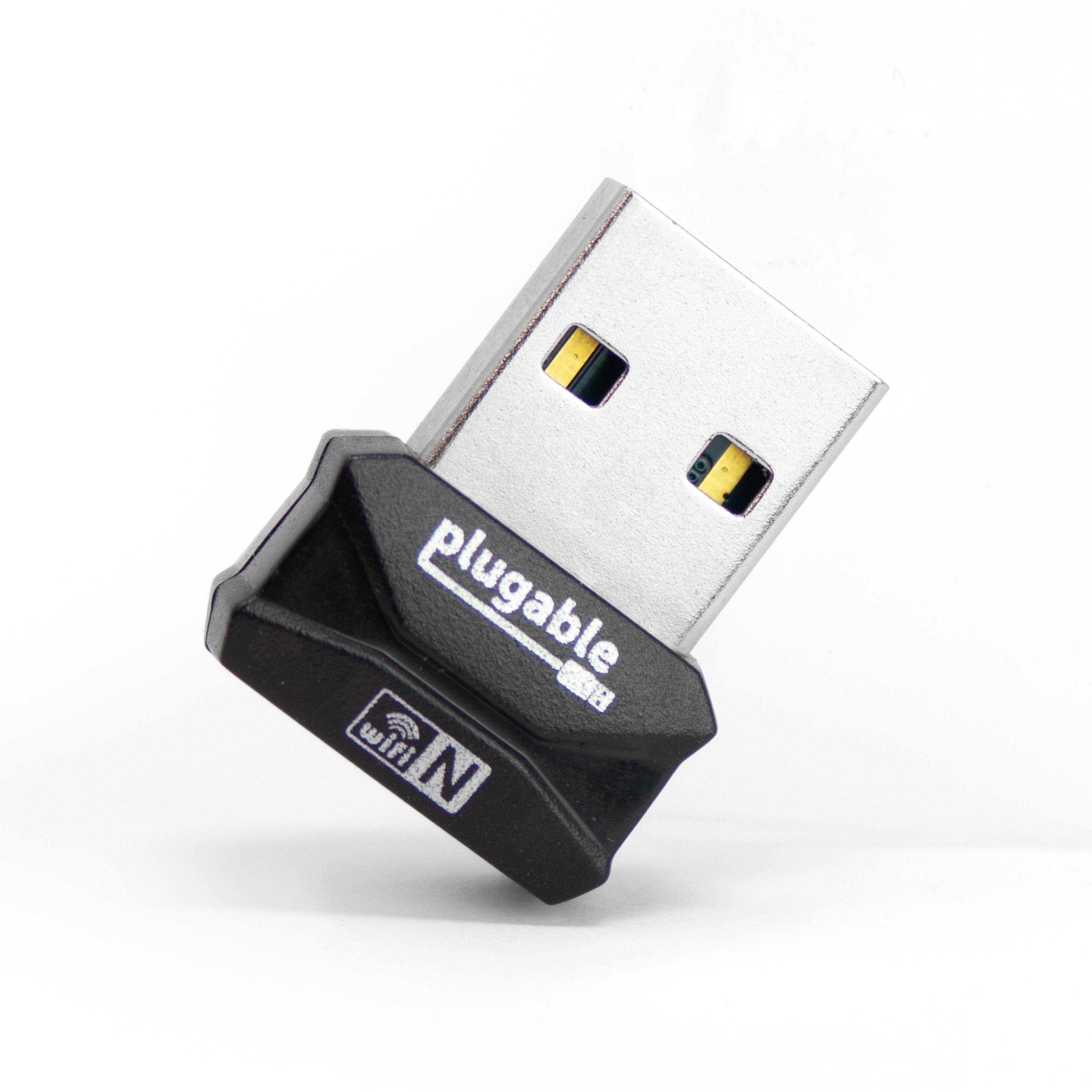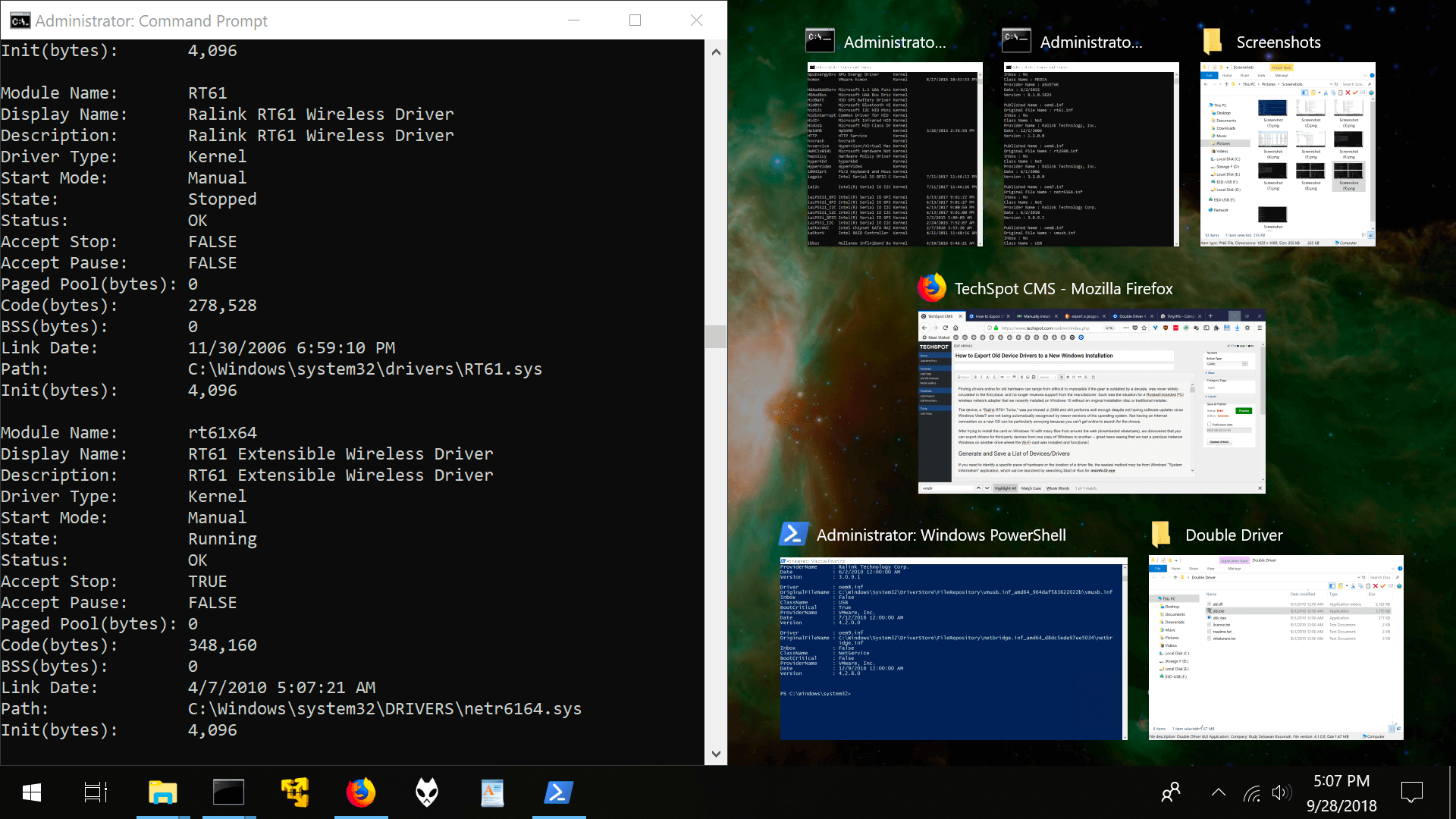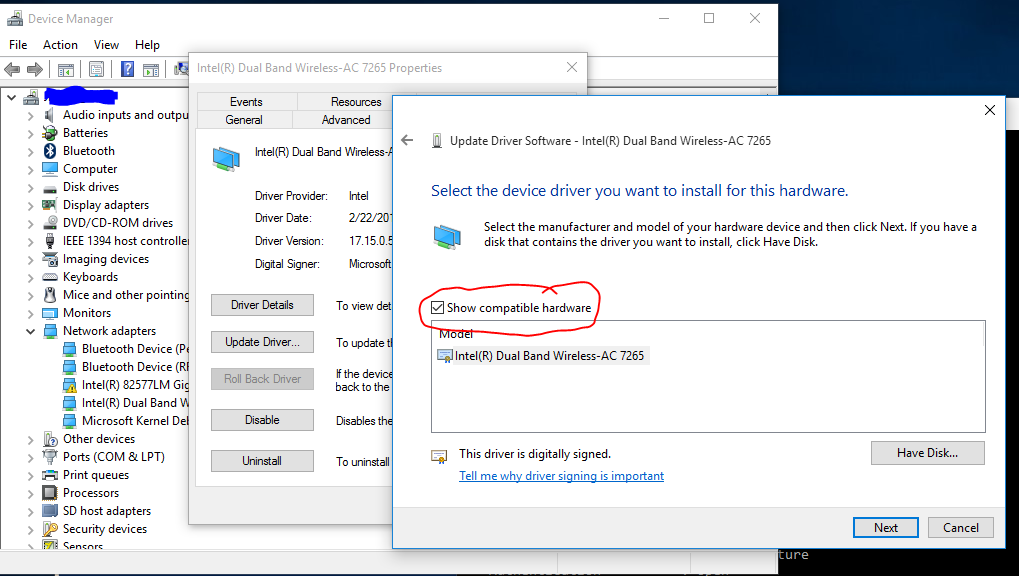Provider Network & Wireless Cards Driver Download For Windows 10
What's new
This download installs version 30.2015 of the Realtek. wireless driver in the Intel® Compute Stick using Windows® 10. 32-bit.
See the release notes and the readme.txt file for installation instructions, supported hardware, what's new, bug fixes, and known issues.
Download Qualcomm Atheros QCA9377 Adapter Wireless Driver 12.0.0.697 for Windows 10 S v1709 (Network Card). (Adequate) Network and a Marketable Network. Establish a Provider network that meets filing requirements and is an adequate network only gets you what you need but doesn’t position you for success Adequate Network.Has minimum number of required Providers to treat the Medicaid population’s needs.Specific area coverage Marketable Network. Windows 10, 64-bit. 22.20.0 Latest: 1/12/2021: Windows® 10 Wi-Fi Drivers for Intel® Wireless Adapters. This download record installs the Windows® 10 WiFi package drivers 22.20.0 for the AX210/AX200/9000/8000 series Intel® Wireless Adapters. Driver: Windows 10, 32-bit. Windows 10, 64-bit. 22.20.0 Latest: 1/12/2021.
Overview
This download installs base drivers, Intel® PROSet for Windows* Device Manager, and Intel® PROSet Adapter Configuration Utility for Intel® Network Adapters with Windows® 10.
Which file should you download?
Note:10-GbE adapters (those that support Windows 10) are only supported by 64-bit drivers.
- PROWin32.zipfor 32-bit (x86) editions of Windows*
- PROWinx64.zipfor 64-bit (x64) editions of Windows
How to use this download
Download the self-extracting archive and run it. It will extract the files to a temporary directory, run the installation wizard, and remove the temporary files when the installation is complete. All language files are embedded in this archive. You don't need to download an extra language pack.
Supported devices
This software may also apply to Intel® Ethernet Controllers. Support for built-in network connections is provided by the system or board manufacturer.
About Intel® drivers
The driver or software for your Intel® component might have been changed or replaced by the computer manufacturer. We recommend you work with your computer manufacturer before installing our driver so you don’t lose features or customizations.
See a list of manufacturers’ Support websites.
You can avoid unexpected medical bills by knowing how your plan works. Certain choices you make can affect what you'll pay out-of-pocket. Know the difference between in-network and out-of-network care to help save on health care expenses.

What's the difference between in-network and out-of-network?
To help you save money, most health plans provide access to a network of doctors, facilities, and pharmacies. These doctors and facilities must meet certain credentialing requirements and agree to accept a discounted rate for covered services under the health plan in order to be part of the network. These health care providers are considered in-network.
If a doctor or facility has no contract with your health plan, they're considered out-of-network and can charge you full price. It's usually much higher than the in-network discounted rate.

Why does out-of-network care cost more?
- You're probably paying full price. When health insurers don't have a contracted relationship with out-of-network doctors and facilities, they can't control what is charged for services. And rates may be higher than the discounted in-network rate.
- You may have to pay the difference. If your doctor's bill is higher than what your plan will pay, you might have to pay the difference. Many health plans list an amount that is the most they'll pay for a certain service received out-of-network. If the doctor or facility charges more than your plan is willing to pay, you could be responsible for paying the difference in addition to your deductible, copay and/or coinsurance. In-network doctors and facilities have agreed not to charge you more than the agreed-upon cost.
- Your share of costs is different—and usually higher. A copay is the amount you pay for covered health services at the time you receive care. There are no copays when you use a doctor or facility that is out-of-network. But you are responsible for paying the coinsurance, or a percentage of covered charges. This may be much higher than the in-network copay or coinsurance amount.
In-network vs. out-of-network costs
Out-of-network costs can add up quickly, even for routine care. If you have a serious illness or injury, it can mean paying thousands of dollars more. Here's an example of doctor charges for a surgery:*
| You choose an out-of-network doctor: | You choose an in-network doctor: |
|---|---|
| Doctor charges $15,000. | Doctor charges $15,000. |
| Your plan will cover $10,000. | Your plan will cover $10,000, the contracted rate. |
| Doctor bills you for the $5,000 difference. | Doctor is not allowed to bill you for the difference. |


Provider Networks
When you choose a plan, you will typically have access to a specific provider network. Some networks may be larger than others or may include different choices of providers in your local area. It's important to understand these differences when choosing a plan to meet your specific needs. Also, when you choose a plan, make sure your provider is part of the network associated with that plan.
Provider Network Frequently Asked Questions
Which hospitals can I use?
If you have a Cigna health plan or are considering enrolling in a Cigna plan, find out which network is included and then search our provider directory.
Do I need to see a doctor within my plan's network for my expenses to be covered?
Plans may vary, but in general to save on out-of-pocket costs, you should visit in-network providers. If your plan includes out-of-network benefits, eligible expenses are covered but your out-of-pocket costs may be higher. Depending on the plan you choose and where you live, network availability may vary. Refer to your plan documents for network details. When you've decided which plan you'd like, you can visit the provider directory to see if your providers are in-network.
Do I need to select a primary care provider (PCP) before my coverage begins?
If you are purchasing Individual and Family Plan coverage through a state or federal marketplace, in most cases, a primary care provider will be assigned to you. You may change your PCP after your planned start date.
If you are enrolling in a health plan through your employer, review your employer's plan details to see if you're required to choose a PCP or if choosing a PCP is optional, and to see if there are any network requirements for your plan.

Do I need a referral to see a specialist?
Depending on your plan, a referral from your PCP may be required to see a specialist. Under all plans, referrals are not required for OB/GYNs for covered obstetrical or gynecological services. See your plan documents for details.
Am I covered outside of the service area and outside of the country?
Depending on your plan, benefits may or may not include out-of-network coverage. Refer to your plan documents for important coverage information. Outside of the United States, coverage is limited to emergency services as defined in the plan documents. If you receive coverage through your employer, your employer may offer coverage for health care services received outside of the country when you are travelling for work purposes. Contact your employer for details.
Can I go to any health care provider if I'm traveling?
Depending on your plan, benefits may or may not include access to in-network and out-of-network benefits while traveling. Coverage and reimbursement varies by plan. Refer to your plan documents for details.
Provider Network & Wireless Cards Driver Download For Windows 10 64-bit
Reference the provider directory to find health care providers in your plan's network. Emergency services are always covered.**
